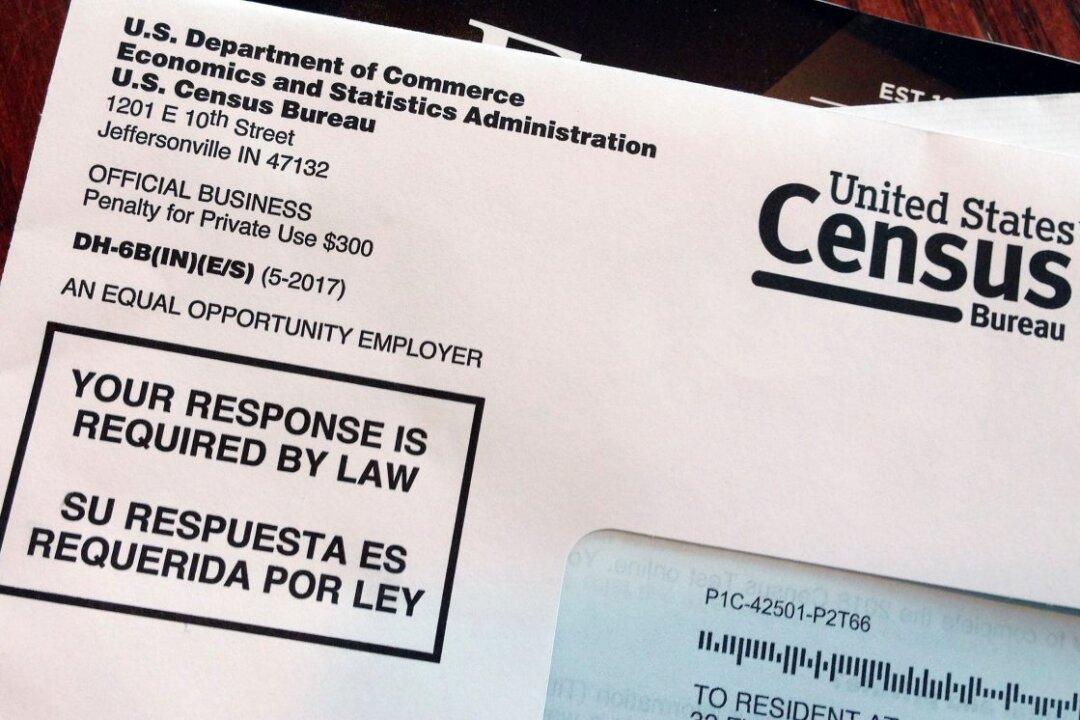A federal judge has temporarily blocked the Census Bureau from continuing with its plan to wind down operations of the 2020 Census a month early.
U.S. District Judge Lucy Koh in California granted a temporary restraining order on Sept. 5, ordering the Census Bureau and the Commerce Department, which oversees the decennial population count, to stop implementing a plan that moves the deadline of the census to the end of September until the court is able to conduct a hearing on Sept. 17.




